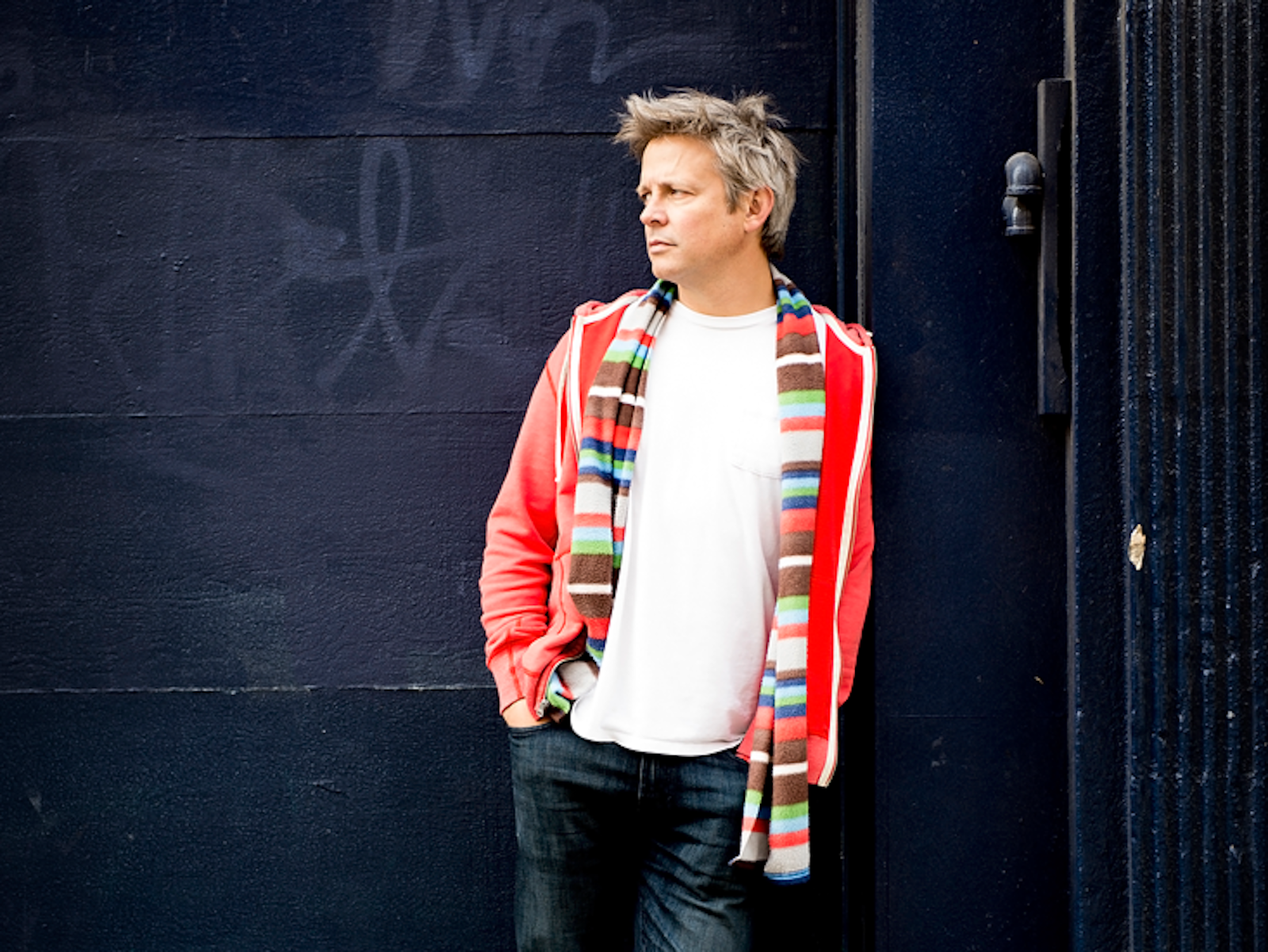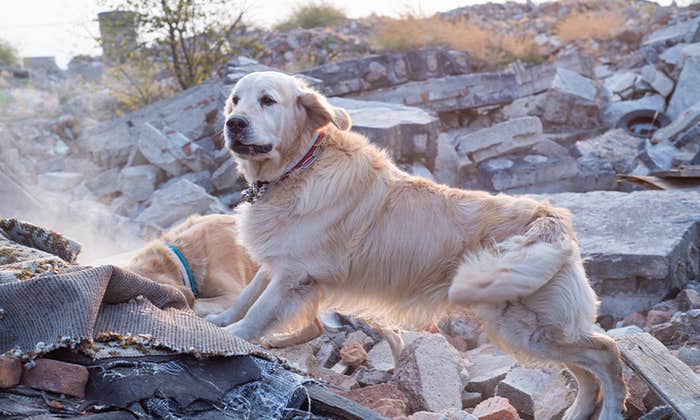Over 10 years ago, a digital experiment called Second Life launched, and excitement surged about the idea of interacting in online virtual worlds. Created by Linden Lab, a company founded by Philip Rosedale, the platform gained popularity as people swarmed to participate in a new form of social connection. But, Second Life’s period of rapid growth was brief. By 2010, its population of 88,000 concurrent users had withered to nearly half its former size.

Yet, technology advances, and now virtual space is becoming much more real with the appearance of immersive, virtual reality headwear, manufactured by companies like the Facebook-backed Oculus VR and Microsoft.
Riding this wave of virtual reality expansion, Rosedale’s new company, High Fidelity, is developing the successor to the Second Life experience. I spoke with him about his thoughts on the future of VR and human interaction. We used Google Chat. It was virtually real.
How will virtual reality change human society?
If you look at Second Life today, as a sort of a terrarium for looking at that question, it already has. It demonstrates that we go after and exploit and enjoy the benefits of any increase in tools that enable our creativity and our commerce—and that our willingness to engage in business and in transactions with each other seems to be virtually boundless. I also believe virtual worlds are a very strong potential solution to some of the wars that we face. Virtual worlds close cultural gaps really quickly. We saw that a lot on Second Life. There were innumerable cases of people from cultures or backgrounds where they wouldn’t traditionally get along, getting along just fine in Second Life, and even then meeting each other in the real world and crossing that gap. I think that’s extremely powerful. The greatest differences between any two humans will be diminished and will continue to be diminished as we connect ourselves with these systems.
What excites you about virtual reality?
Virtual worlds exhibit striking changes as they reach different sizes, like cities. A city of 1000 people is very, very different from a city of a million people in ways that are magical almost. It is inevitable that computers are going to make virtual worlds bigger and bigger and more detailed, allowing for richer interactions between us. And, what that means is that they are probably going to be profoundly different than what we might imagine.
In a recent analysis that I did in thinking about this, I figured out that if we used all our computers—connected via broadband to the Internet—to make a virtual world, it would be as big as the landmass of Earth. You and I could go fly around in it, wander into some cave in Siberia that no one had ever been probably, write our names on the wall in there, and come back ten years later and the names would still be there.
Will we be able to create a virtual galaxy?
We will remember the Earth itself as being very, very tiny. It will be the place that we had started out, and it will be in our memories, but it won’t matter very much to our commerce, and our exploration, and our invention, and our evolution. By a time like 2050 you can expect us to be approaching the limits of what atoms we can do computing with—aluminum, say—and those limits are staggeringly high. Those limits suggest that if we had just a laptop sized computer in that time frame, that computer just by itself, in other words containing inside itself one virtual world, that virtual world would have enough detail to not only simulate the whole Earth, but also simulate the brains and everything that’s going on in humans, down to the atom, for everybody that’s now living on Earth.1 We’ll think of our lives as being mostly virtual, and the real world will be something that maybe we come back to as a kind of a museum to marvel at as part of our past.
How do you envision us connecting to our virtual worlds in the near future?
One thing that’s really fascinating is that our MacBook displays have already reached this point that Apple calls, quote, “retina.” And, what that means is that they have enough pixels in them that, at a typical viewing distance, we can’t see those pixels anymore. They’re too small for our eyes to see. The holes, the iris, are not large enough to allow in enough light. Our brain has evolved right to the point where it needs that much information and nothing more. In about five or six years from now, the version of the Oculus Rift will have a sufficient number of pixels that it presents a completely immersive view to you at retinal resolution. It’s going to be a fascinating transition because we’re going to be wearing these little glasses, and those glasses are going to be able to just put a movie on the wall if we want to watch it. It’ll be able to show us our friends sitting in chairs in meetings, though they’re not. They’ll be able to completely replace our desktops. We won’t have screens anymore because we’ll be surrounded by them. And, that’s an amazing thought.
How will you make the avatars we use in virtual space more representative of reality?
There are several ways. That’s what we’re working on the most right now, actually. If I know where your hands are and which way they are turned, and I know the same thing about your head—just with those three things I can actually animate an avatar if I know the physics. I might even use a little bit of machine learning to position the rest of the body in a way that is lifelike. What you’d see if you came to see this at our offices is that it looks amazing.
Also, there’s a lot more information that we can also glean about you. The next generation headsets—head-mounted displays like the Oculus—will pretty likely have gaze tracking in them: The exact movement of our eyeballs will be conveyed to the other person. We know that eye contact and talking with our eyes is a very powerful and important thing.
The other thing that we’ve done work on are facial expressions and gestures, and there are a number of pieces of research targeted at really accurately capturing everything you’re doing with your face. So, if we have the hands and the face, and maybe someday little gadgets that are sitting on the rest of our body parts, like our knees and our elbows and our feet, we can be pretty real in there.
How will the availability of rich virtual worlds to live in affect the course of human evolution?
I think artificial intelligence and virtual worlds are very closely connected in this regard. We are in that timeframe now where we are going to do some sort of replication of what we think of as thinking in the human brain inside computers, and that is going to be a very exciting set of changes. Those changes may involve us creating our own descendants in an evolutionary way because it is almost certainly the case that, because computers can become faster and our brains cannot, artificial intelligence—things that think inside a computer—are going to quite rapidly become smarter than we are. And, we—except through their help or some sort of tweaks we can do to our own bodies and brains—we, for the most part, are going to sort of stay behind in that transition. There will be people who do kind of choose to stay in the world, and then there will be people that kind of choose to participate increasingly in the digital world—a world, I think, populated by beings or people or whatever that are quite different than us, and quite a bit smarter. We’ll have this kind of co-evolution that will be an interesting choice.
Dr. Kiki Sanford holds a Ph.D. in Molecular, Cellular and Integrative Physiology from U.C. Davis, and is a specialist in learning and memory. She is also the founder and host of the radio show This Week in Science.
Reference
1. Kurzweil, R. The Singularity Is Near Penguin Books, New York, NY (2005).


























